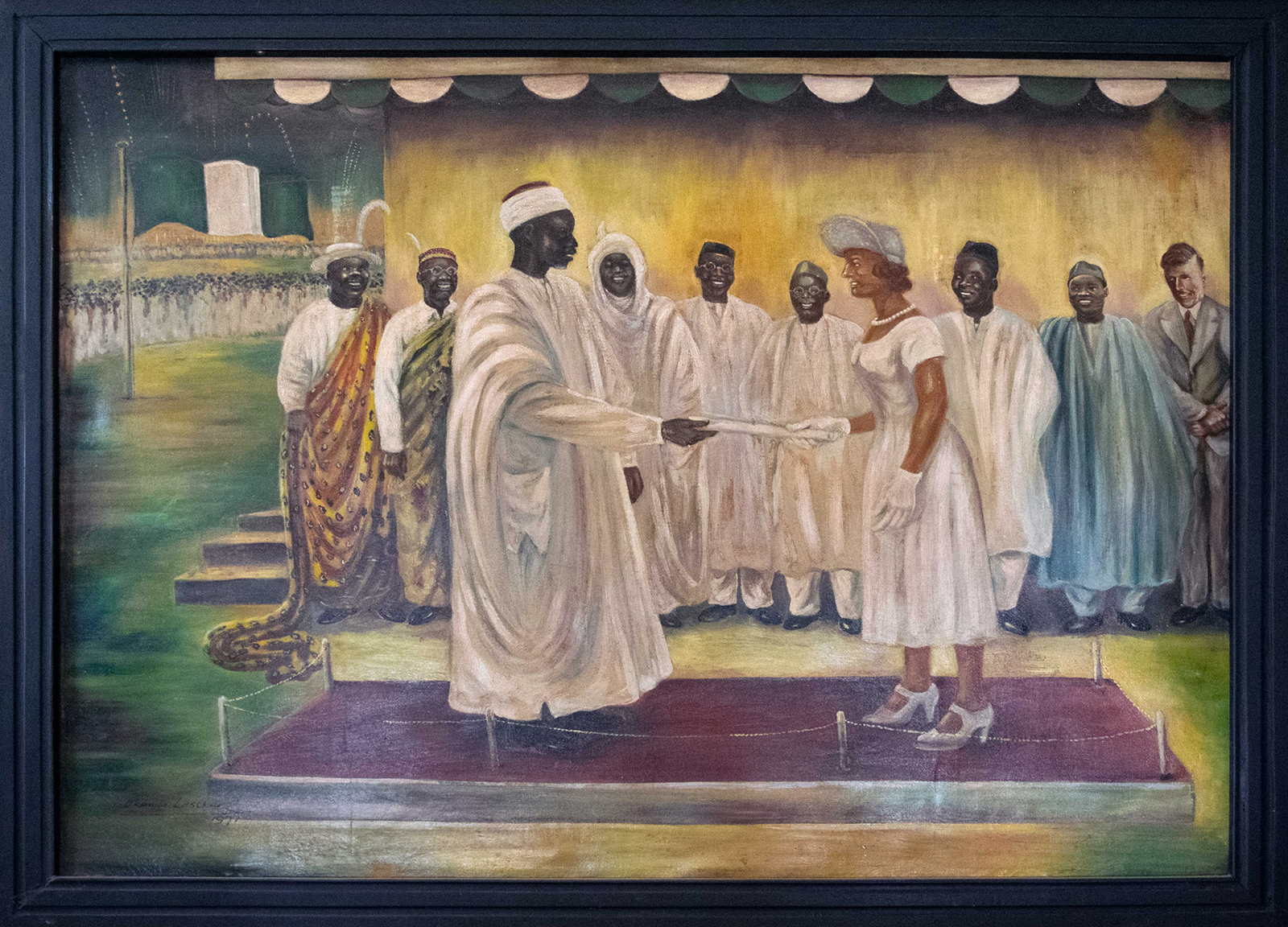Pressly Forum: Dr. Perrin Lathrop, “Realism After Independence in Nigeria: Photography, Truth and Memory”

Pressly Forum: Dr. Perrin Lathrop, “Realism After Independence in Nigeria: Photography, Truth and Memory”
Dr. Perrin Lathrop, the 2021-2022 University of Maryland/ Phillips Collection Post-Doctoral Fellow will offer thoughts on her work in the first Pressly Forum lecture since the return to campus operations in the wake of the pandemic. The Pressly Forum offers members of Department faculty and selected speakers to give a talk to members of the Department (faculty, staff, students) in an effort to create bonds of intellectual and collegial community. The forum is the brainchild of Professor Emeritus William L. Pressly, after whom the forum now is named. Please join us on October 6th at 12 pm in the Collaboratory to help us usher in a new era of the Pressly Forum.
The title of Dr. Lathrop' talk is “Realism After Independence in Nigeria: Photography, Truth and Memory.”
In 1971, the first-generation modern Nigerian artist Akinola Lasekan painted Nigeria at Independence. In the largescale history painting, Lasekan used photographic realism to retrospectively reimagine a scene that evoked nostalgia for the lost promise of Nigerian nationalism little more than a decade after the former British colony became an independent nation. The composition collages photographic scenes circulated in the press that documented the 1960 independence festivities. Though the source photographs, which the artist had presumably collected and retained since their original publication, recorded different moments throughout the celebratory events from a decade earlier, Lasekan’s painting claims to represent the exact moment of Nigeria’s independence, the midnight flag raising at the Lagos Race Course on October 1, 1960. Lasekan thus used the painting to play with the politics of temporality offered by realism as a visual language, exploiting the “truth value” of documentary photography to imagine and re-present historical events, memorializing and remembering the already-lost promise of independence. This lecture traces the origins of Lasekan’s commitment to a realism that strives towards naturalism to the writing and practice of earlier pioneer Nigerian colonial
modernists, like Aina Onabolu. In 1920, Onabolu articulated the stakes of naturalistic painting, particularly portraiture, in twentieth-century Nigeria that harnessed on the canvas the technology and visuality of photography as a tool of modernity and that countered the colonial regime’s racist denigration of African artistic ability. After independence in 1960, postcolonial modernists in Nigeria like Uche Okeke and Demas Nwoko, eager to move beyond the constraints of naturalism, began to produce art that merged learned indigenous and global visual traditions into new visual languages for the postcolonial era. Skeptical of the so-called “abstraction” that pervaded the work of this younger generation of artists, Lasekan, self-trained as a painter, illustrator and political cartoonist, continued to insist upon realism rooted in the modernity and documentary quality of photography as the formal language that would secure an African Renaissance. As the crisis in the postcolony took hold with the onslaught of the Nigerian Civil War from 1967 to 1970, Lasekan continued to employ photographic realism in paintings like Nigeria at Independence that started to exhibit an ambivalence toward the nationalist project.


